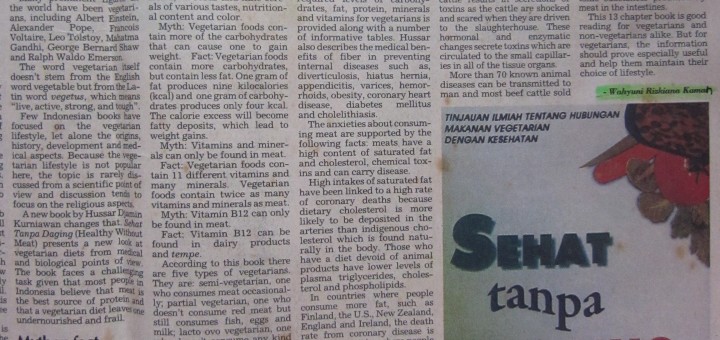The History
It is profoundly factual to say that Jember, a regency in East Java Province, is the city of cigars. Currently, there are several players in cigar producing in Jember Regency: Kopkar Kartanegara which is run by PT Perkebunan 10, PT Boss Image Nusantara (BIN) Cigar, Dwipa Nusantara Tobacco and Besuki Raya Cigar plus two international companies Burger Soehne, AG and Villiger Soehne AG. Their presence is supported by Jember being the producer of world-class tobacco for cigars. The quality of Jember tobacco which is known as Java tobacco in the world has been famous in the international tobacco market. It is dubbed that in the world only Havana tobacco of Cuba can beat the quality of Jember tobacco for cigars.
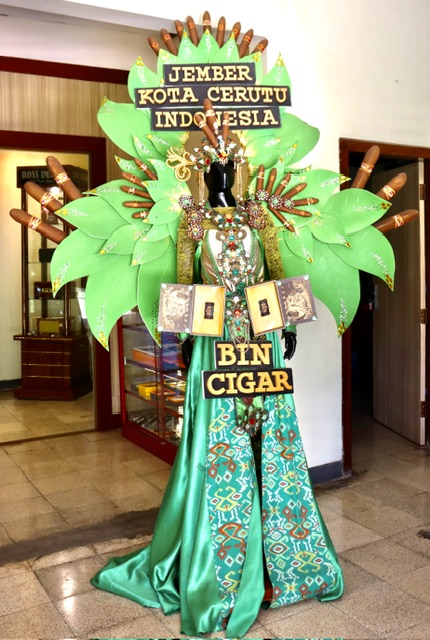
Tobacco (Nicotiana tabacum) has had about two-century-long history in Jember. It dates back to the colonial time in the 19th century, when George Birnie, a Dutch-Scottish agricultural controller based in Bondowoso–another city in East Java, came to Jember. He surveyed and researched the soil and climate types in the area, and found that both Jember’s soil and climate were very suitable for planting commodity plants such as coffee, cacao, rubber, sugarcane, and tobacco.
The tobacco plantation started to flourish in Jember when Birnie received a 75-year cultivation right in Jember for planting Besuki Na Oogst (BNO), a tobacco variety for making cigars. He brought his cousin, David Birnie, to become his associate in the business. With other two Dutch businessmen in Surabaya, Matthiesen, and van Gennep, they established a tobacco company Naamlooze Venootschaap Landbouw Maatscappij Oud Djember (NV LMOD).

The company successfully transferred Jember to become the center of tobacco production. This, in turn, attracted other private entrepreneurs to follow their accomplishments.
The booming of tobacco plantations also drew workers from outside Jember to come and work in the plantations. Plantation in the North was dominated by workers from Madura Island in East Java, while the workers in the South were mainly from other parts of Java. Today, the mixture of the two cultures, Madura and Java, has generated a subculture called Pendalungan. This subculture is obvious in a dialect that mixes Madurese and Javanese languages with the Jember dialect.
Jember and Tobacco
Nature has showered the land of Jember with a befitting climate and soils for planting tobacco where the taste of the same tobacco variety would not be the same when planted in other soils outside Jember. The climate does play an essential role in tobacco planting. “If the climate doesn’t support (the growth), the leaves generated will not be as expected,” said Sunito, the curator of Jember’s Tobacco Museum. “Plantation companies also depend on the climate, they will not plant tobacco if the climate is extreme,” he added.
Having been famous as the land of producing tobacco, Jember Regency made tobacco leave as part of its logo. However, today, if visitors roam the city center they don’t see the tobacco plantations that used to cover the areas which now have been turned into residential areas or other public places. “When I was little, all I saw in those areas were tobacco plants, Sunito, who also works for the Office for Certification Testing of Quality of Goods – Tobacco Institute recalled.
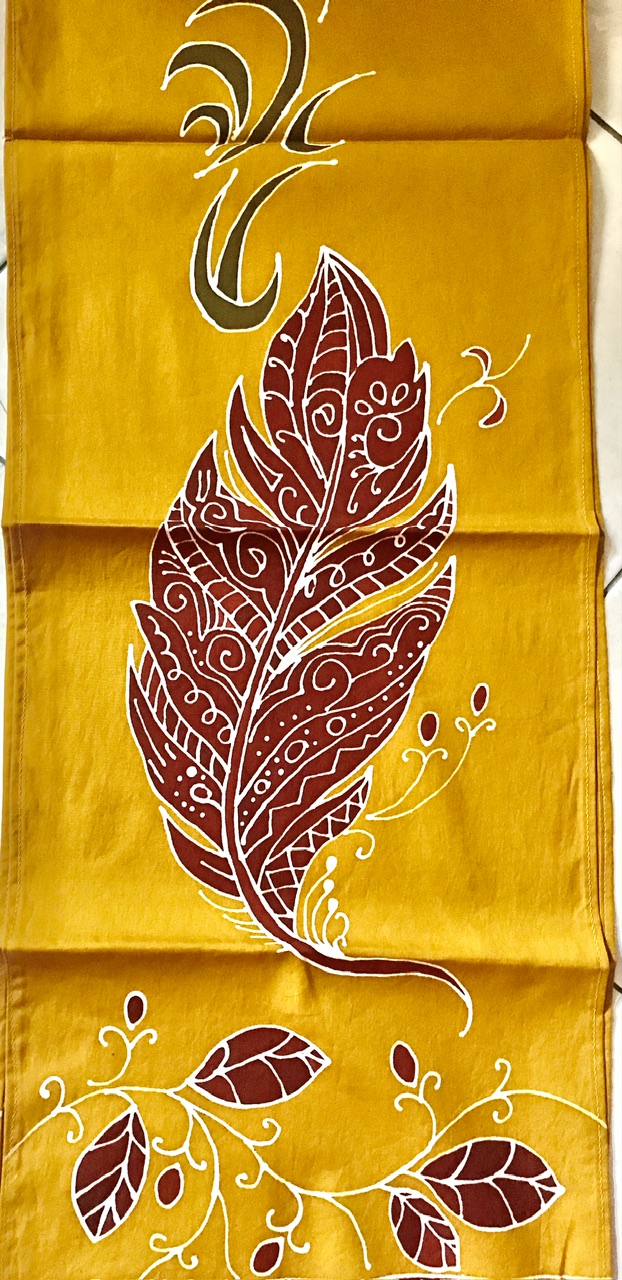
The tobacco plantation in Jember Regency covers scattered areas of around 25,000-hectare and most of them belong to the local people. The plantation has brought about a social, economic, and cultural impact on the livelihood of the people. For example, the tobacco companies have developed Jember into Indonesia’s main tobacco exporter. In the early years of the colonial time, the situation urged the development of infrastructure such as the roads and railways in the area.
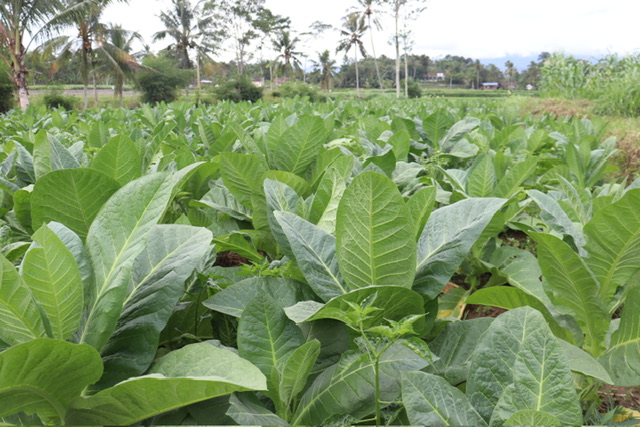
The plantation has been planted with the sought-after varieties by the industry: Besuki Na Oogst (BNO) and Besuki Voor Oogst (BVO). While the BVO variety is for producing cigarettes, the BNO variety is solely for producing cigars. Besuki Na Oogst is the world’s best variety for dekblad (outer sheet), omblad (second sheet), and filler of cigars. Other tobacco variety in Indonesia that can be produced into cigars includes Deli and Klaten tobaccos.
Besuki Voor Oogst variety is more special than other tobacco varieties for cigarettes. “Dry minced leaves of BVO variety can directly be made into cigarettes, while other varieties must be blended with other varieties of tobacco,” disclosed Sunito. Another variety, Kesturi that is in demand by the cigarette industry also can only be grown in Jember.
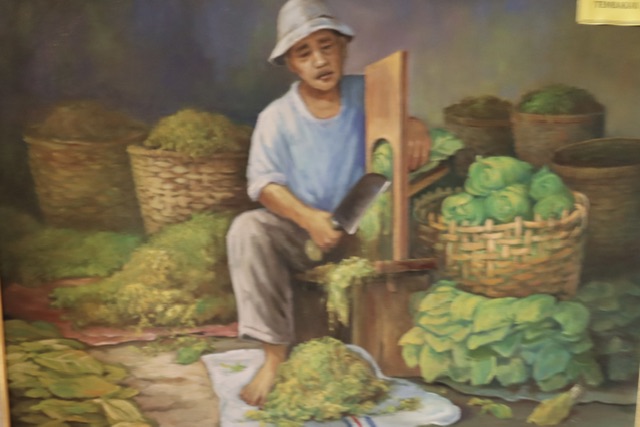
Jember’s Tobacco Museum
Being famous for tobacco, Jember established a small museum that used to be a library for anything about tobacco. Since 2014, the museum has housed information on tobacco, in particular, in Indonesia. The interior of the two-floor museum imitates the house to dry tobacco leaves.
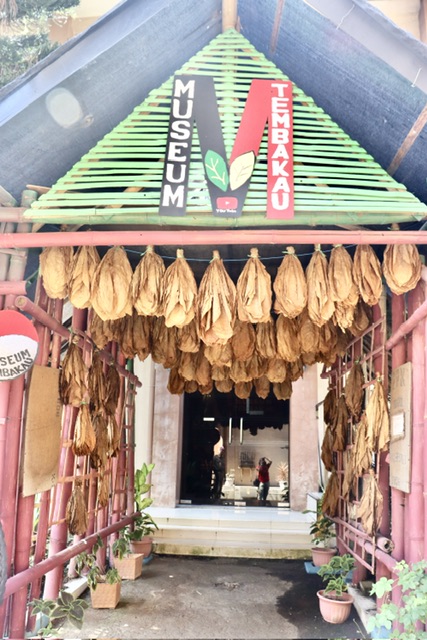
What I found fascinating in the museum is the collection of different types of dry minced tobacco leaves from many parts of Indonesia. Each of them has a different fragrance: either sweet, strong, or fresh, among others. There are also some samples of dry tobacco leaves for cigars as well as dry minced tobacco leaves for cigarettes.
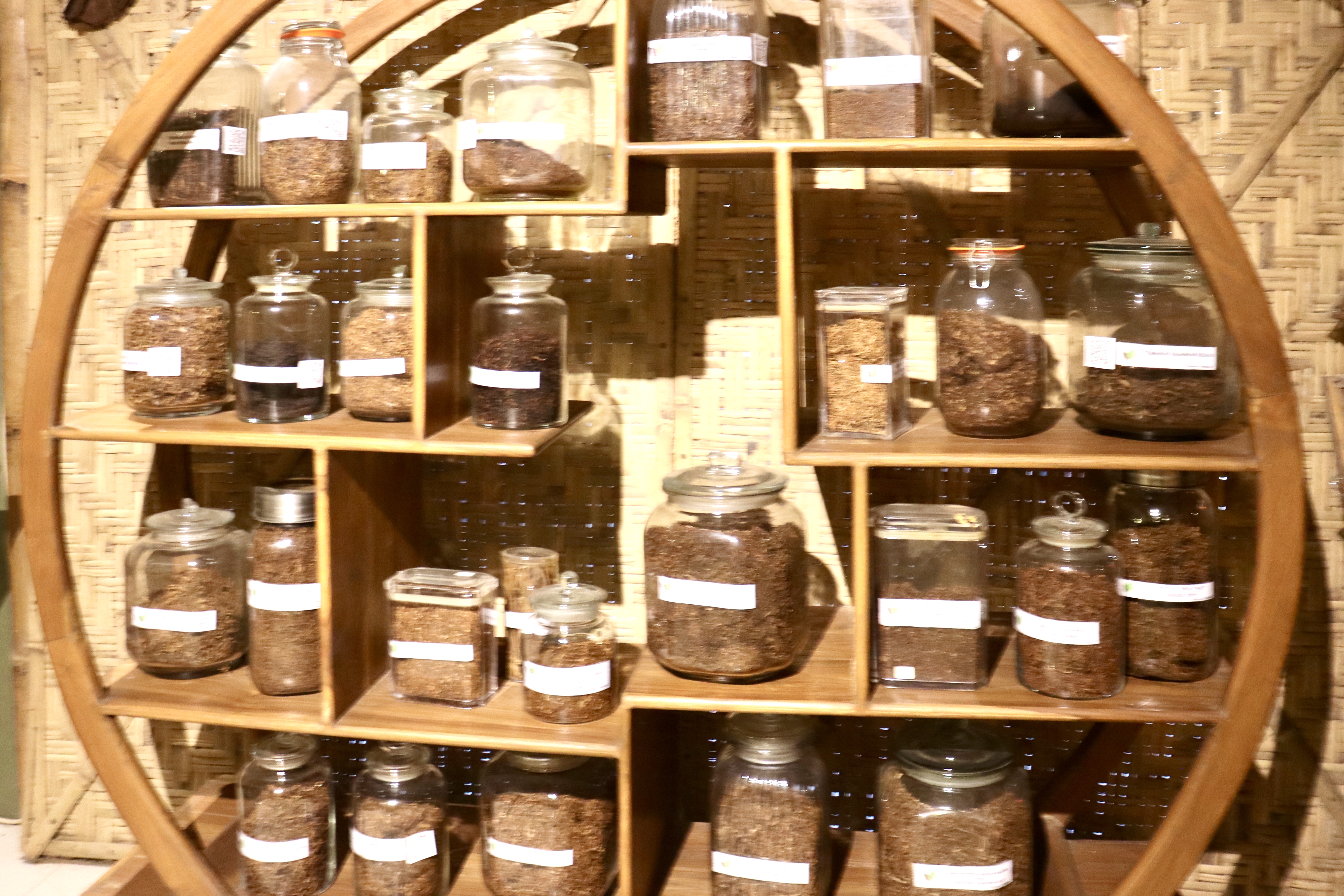
Some paraphernalia and paintings related to tobacco production are also exhibited, which shows that tobacco has long been part of people’s daily life.
Since tobacco is not only producing cigars or cigarettes, the museum also shows other diversified end products of tobacco such as pesticides, perfume, fertilizer, and essential oils–which is also interesting to know.

The second-floor stores books, journals, and other literature on tobacco along with some brands of cigars and cigarettes whose qualities have been tested by the Office for Certification Testing of Quality of Goods – Tobacco Institute.
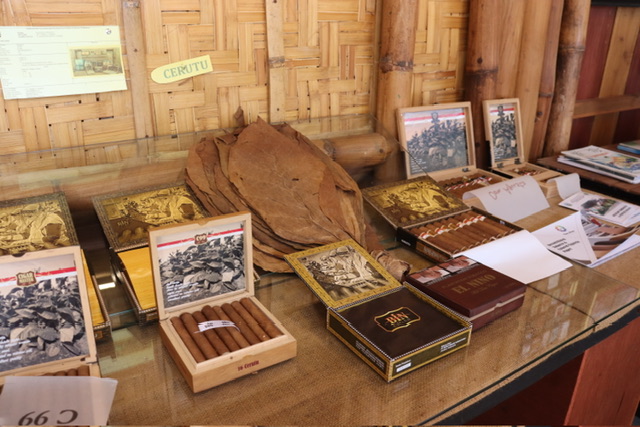
As the only museum of its kind in Indonesia, Jember’s Tobacco Museum is the right place to learn about tobacco. Visitor’s perceptions of tobacco will be different after visiting the museum which is located in the same compound as the Office for Certification Testing of Quality of Goods – Tobacco Institute. The office is in charge of testing the quality of end products of tobacco before they are marketed.
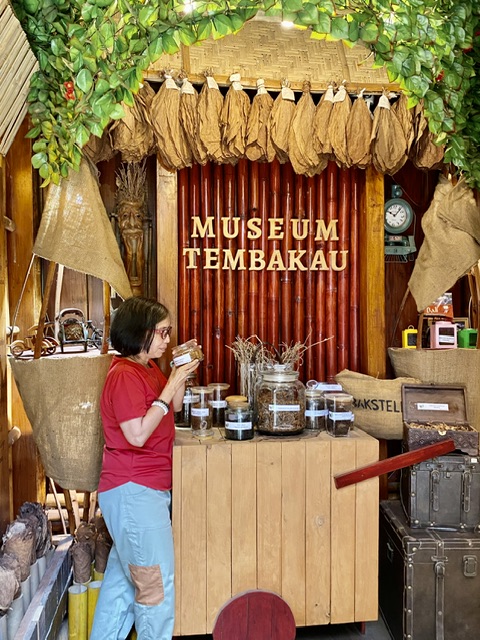
A Labor Intensive Industry
The cigars that are placed in a fancy decorated box, in fact, have been through a long journey before they are neatly arranged. Producing cigars involves many elements. It starts with getting dried tobacco leaves that require a huge amount of work and a long waiting time.
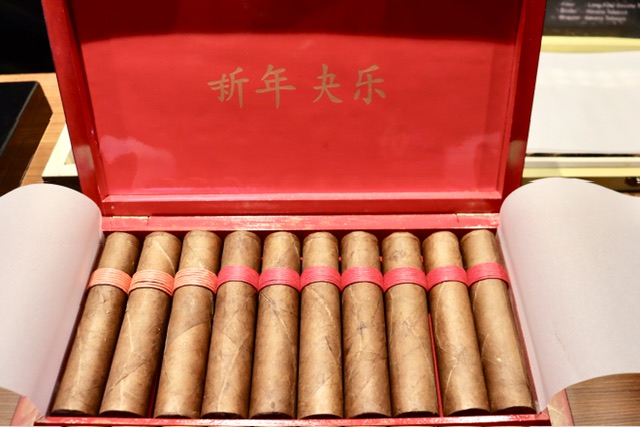
Primarily, the growth of tobacco highly depends on nature. For example, “Besuki Na Oogst (BNO), the variety for making cigars, is planted at the end of the dry season and is harvested at the beginning of the rainy season,” Sunito explained.
The tobacco planting needs daily maintenance until it is ready for harvesting. Good harvesting demands certain care that additionally depends on the climate like sun exposure and rainfalls. Drying tobacco leaves is carried out inside the warehouse that is often spotted in Jember. In the next step, the leaf fermentation takes time and extra care as the taste of the cigar depends on the fermenting process. After the fermentation finishes, the leaves are sorted based on their sizes and only human hands can do it, including taking out the leaf stalks and their midribs. The manual labor is again required for the next steps such as binding, wrapping, and packing the dry leaves before they are ready to be transported for shipping.
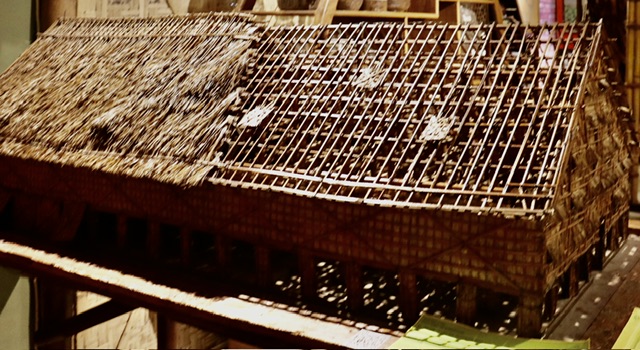
From dry leaves to be made into cigars is another extended process that is also manually labored. PT Boss Image Nusantara (BIN) Cigar gives the opportunity for visitors (by appointment) to see the process of cigar making. Visitors can first watch the video of the process of getting dry tobacco leaves in the field. And then from a platform at the top, visitors can see how the women workers sit in the rows based on their roles: filling, binding, wrapping, and packing the cigars. All works are manually performed.
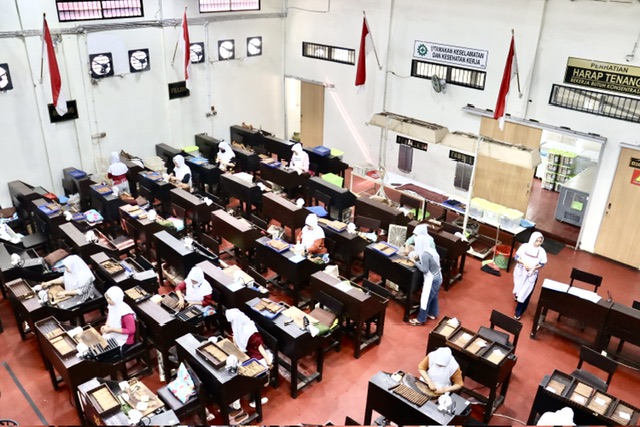
Women do play a great role in the chain of cigar production. When sorting the leaves, for instance, women have sharp eyes to see the color gradation of the leave. Moreover, they have meticulousness to smell, touch, and sense the leaves, a skill that is needed in their work. Most of all, they can sit for hours without easily being distracted.
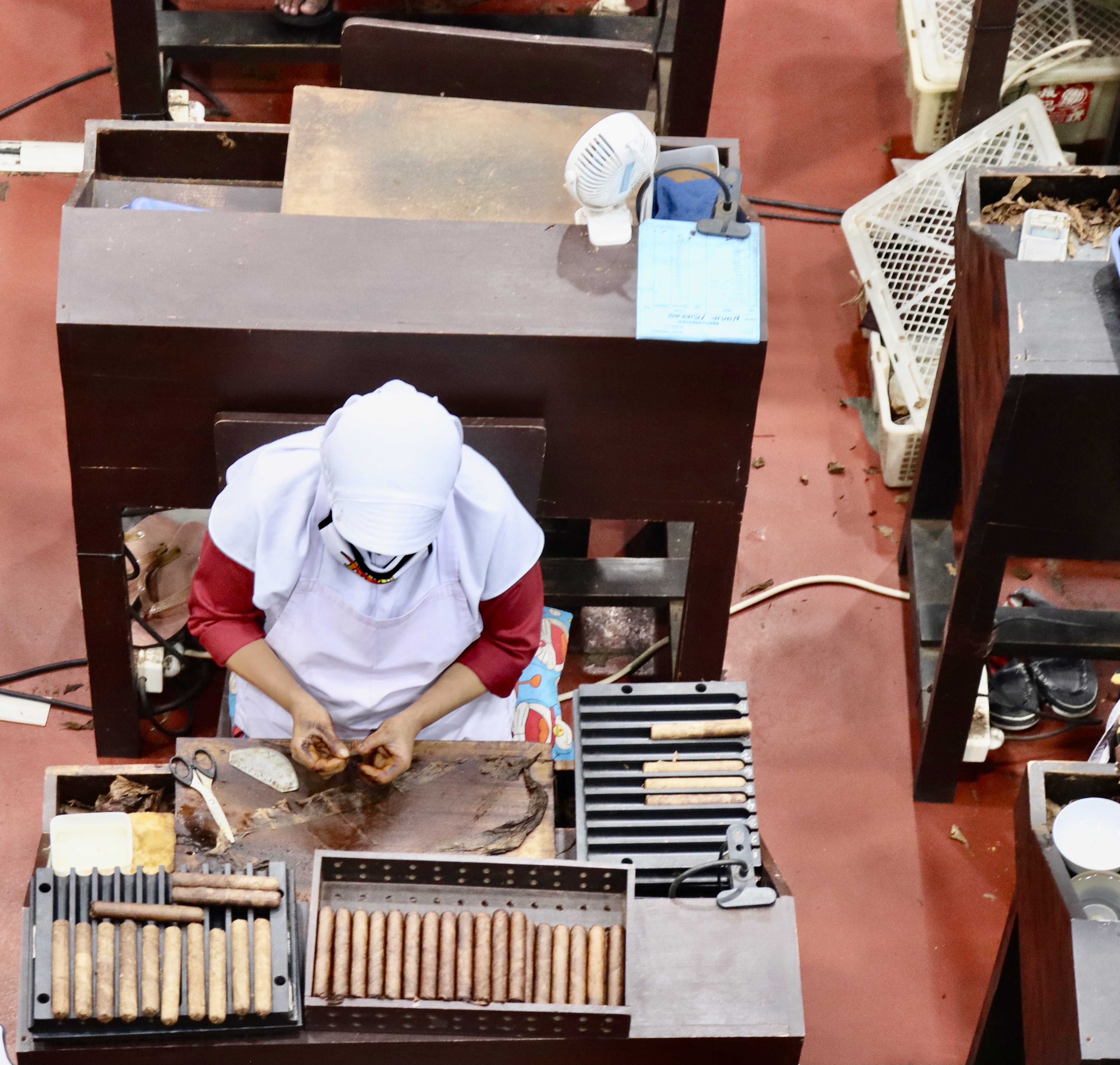
Jember and Cigar
Different from cigarettes, a cigar is purely made of tobacco leaves. There is no additional element in it, to wrap the cigar, the glue is made of tapioca and water as seen in the PT BIN Cigar production.
What’s more, a cigar is more expensive than cigarettes because of the long process of production and getting the raw material, as only a certain variety of tobacco can be made into cigars.
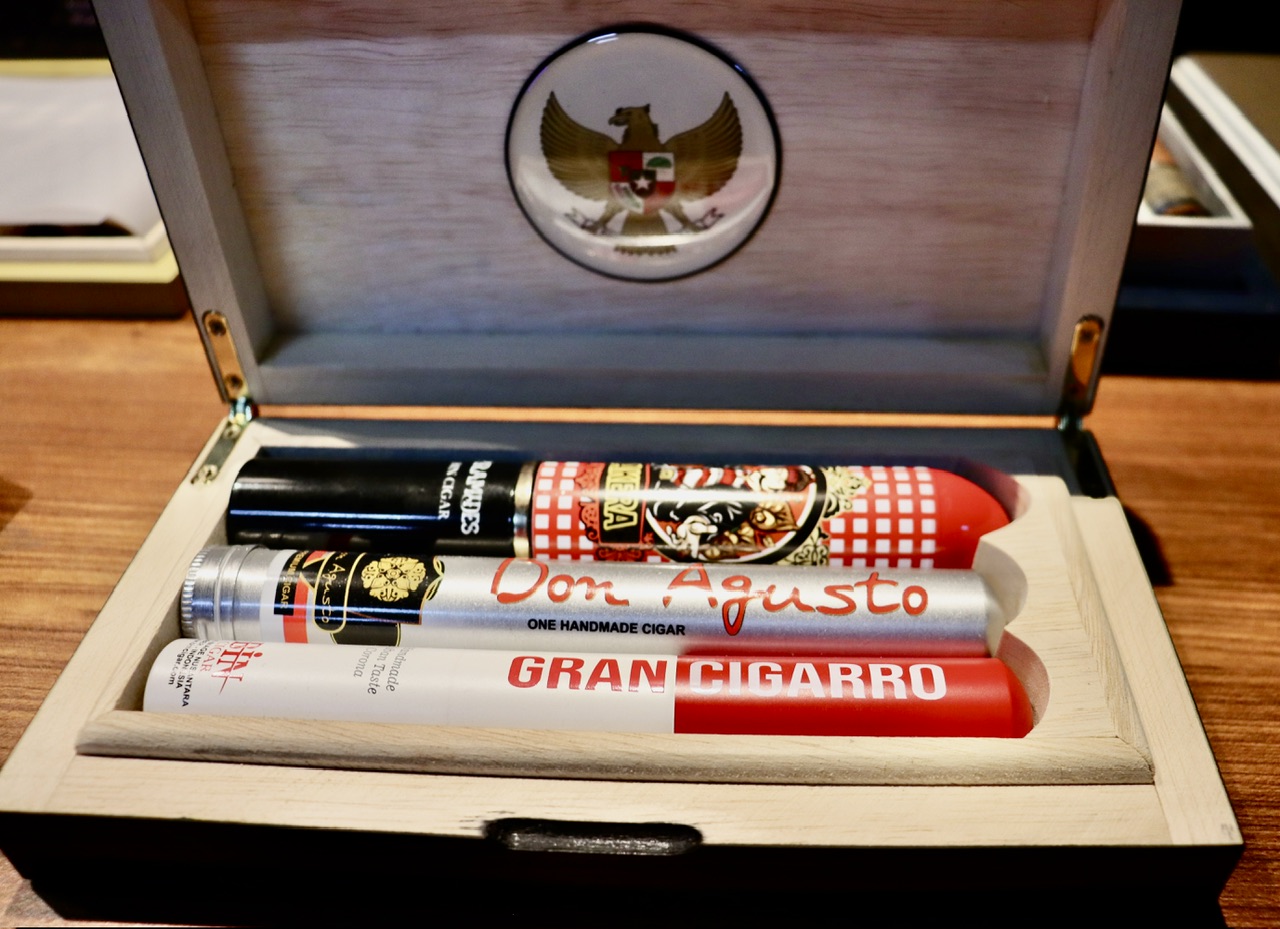
Just like wine production, before the cigars are distributed into the market, PT BIN Cigar has a team of cigar tasters that first taste it to make sure its quality is attained. Out of experience, the team can even tell whose hands (of the workers) wrap the cigars.
Cigar smokers are exceptionally segmented. Only those who understand the taste (of tobacco) and can afford it will buy cigars. “They don’t inhale the smoke into the lungs when smoking cigars as the smoke should not be inhaled at all. They only rinse their mouth with the smoke to get the taste of tobacco in their tongues,” Mukhlis, a marketing team of PT BIN Cigar, clarified. “Cigar smokers also prefer old-produced cigars because those cigars will have been naturally fermented. The longer it is fermented, the better the taste, consequently the price also becomes higher,” he added.

The products of PT BIN Cigar that have been exported to Europe, Australia, and other Asian countries like China and Malaysia have added value to Jember as a producer of cigars. Since 2019, Jember Regency has held an annual festival called Jember Kota Cerutu Indonesia (Jember: Indonesia’s City of Cigar), to promote its tourism and economy. This year, the festival occurs in the month of July and culminates on July 22nd. Earlier in 2021 the Jember Regent, Ir. H. Hendy Siswanto, declared Jember Regency as the Cigar City of Indonesia.
